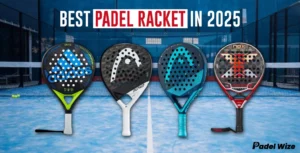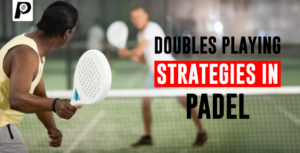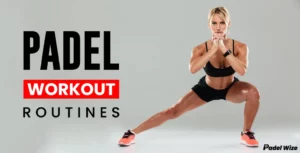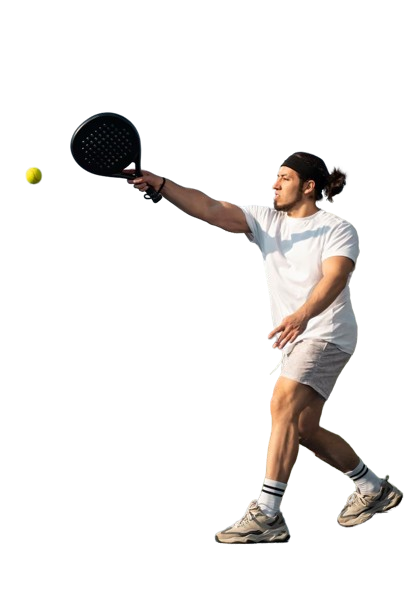The world of racquet sports has expanded beyond the traditional games of tennis and badminton, with padel tennis and pickleball gaining significant popularity. Padel tennis and pickleball are two racquet sports that have gained popularity worldwide due to their engaging gameplay and accessibility. Despite some similarities, they are distinct in terms of equipment, rules, and play styles. This blog will delve into Padel Tennis vs Pickleball and help you understand what sets them apart.
Related blog What is Padel? Exploring the Equipment, Rules, and Strategies
Equipment
Padel tennis utilizes a solid, perforated racquet and pressurized balls similar to tennis, while pickleball uses a solid, flat paddle and a lightweight plastic ball with holes. The court sizes and net heights also differ significantly between the two sports.
Padel Tennis Equipment
Padel tennis equipment includes a solid, perforated racquet and a pressurized ball similar to a tennis ball but with slightly less pressure. The game is played on an enclosed court measuring 20m x 10m, featuring glass or mesh walls and a net that is 88 cm high at the center.
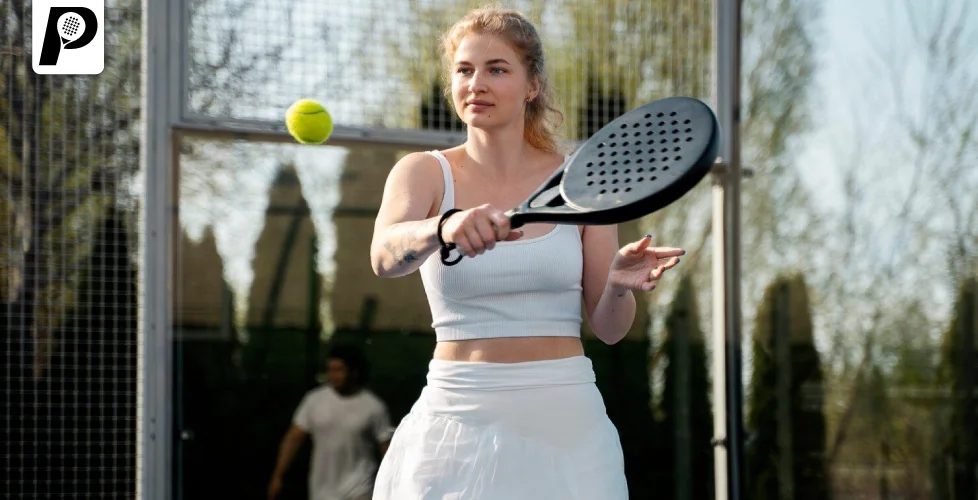
- Racquet: Solid, perforated, and short-handled. Made of composite materials such as carbon fiber or fiberglass.
- Ball: Similar to a tennis ball but with slightly less pressure.
- Court: Enclosed court measuring 20m x 10m with glass or mesh walls.
- Net: The net height is 88 cm at the center and 92 cm at the sides.
Pickleball Equipment
Pickleball equipment includes a solid, flat paddle typically made of composite or graphite materials, and a plastic ball with holes similar to a wiffle ball. The game is played on a court similar to a badminton court with a net that is 34 inches high at the center.
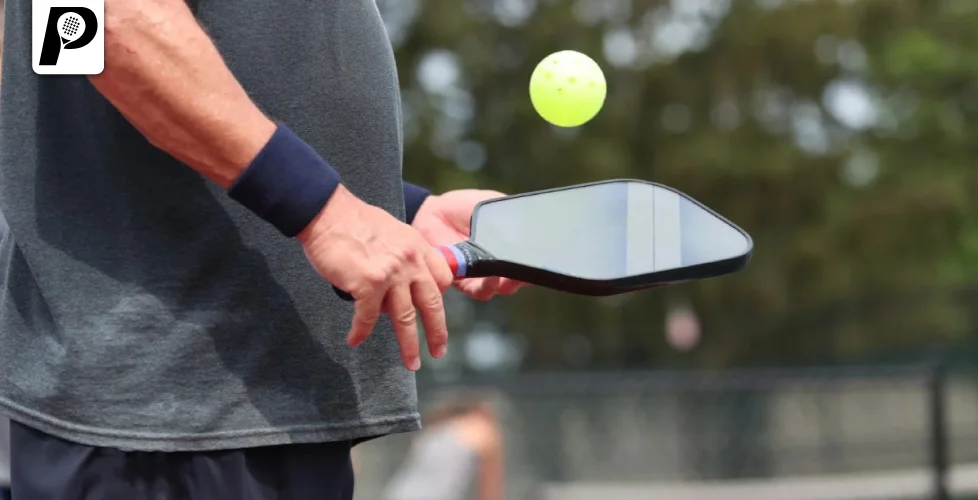
- Paddle: Solid, flat, and typically made of composite or graphite materials. Larger than a table tennis paddle.
- Ball: Made of plastic with holes, similar to a wiffle ball.
- Court: Smaller court, 20 feet x 44 feet, similar to a badminton court.
- Net: The net height is 34 inches at the center and 36 inches at the sides.
| Equipment | Padel Tennis | Pickleball |
|---|---|---|
| Racquet/Paddle | Solid, perforated racquet | Solid, flat paddle |
| Ball | Pressurized, similar to tennis | Plastic ball with holes |
| Court Dimensions | 20m x 10m | 20 feet x 44 feet |
| Net Height | 88 cm center, 92 cm sides | 34 inches center, 36 inches sides |
Related blog Gear Up For Success: A Guide To Padel Equipment
Rules
The rules of padel tennis and pickleball vary significantly, with padel emphasizing strategic use of walls and tennis-like scoring, while pickleball focuses on underhand serves, the double bounce rule, and the unique non-volley zone, promoting fast-paced, accessible gameplay for all ages.
Padel Tennis Rules
- Serving: Underhand serve below waist level. The server must stand behind the service line.
- Scoring: Follows the same scoring system as tennis (15, 30, 40, game).
- Court Boundaries: The ball can bounce off the walls after hitting the ground.
- Double Play: Typically played in doubles format.
- Let: A let is called when the ball hits the net on a serve but lands in the correct service box.
Pickleball Rules
- Serving: Underhand serve below waist level. The serve must be diagonally across and land in the opposite service court.
- Scoring: Points can only be scored by the serving team. The first side scoring 11 points and leading by at least 2 points wins.
- Double Bounce Rule: Each team must let the ball bounce once on their side before volleys are allowed.
- Court Boundaries: The ball must stay within the lines; if it touches the line, it is considered in.
- Non-Volley Zone: Known as the “kitchen,” players cannot volley the ball within 7 feet of the net on either side.
| Rules | Padel Tennis | Pickleball |
|---|---|---|
| Serving | Underhand, below waist, behind service line | Underhand, below waist, diagonal serve |
| Scoring | Tennis scoring system | Points scored by serving team, first to 11 wins |
| Court Boundaries | Walls are in play | Lines are in play |
| Double Play | Typically doubles | Both singles and doubles |
| Special Rules | Let on serve if ball hits net | Double bounce rule, non-volley zone |
Related blog Padel vs. Tennis: Key Differences and Similarities
Play Styles
Padel tennis features strategic play with walls and longer rallies, emphasizing doubles teamwork, while pickleball is a fast-paced game with quick reflexes and a blend of volley and groundstroke play, accessible to players of all ages.
Padel Tennis Play Style
- Strategic Use of Walls: The enclosed court allows for strategic plays involving the walls, similar to squash.
- Doubles Dominance: While singles can be played, padel is predominantly a doubles game, requiring teamwork and coordination.
- Longer Rallies: Due to the smaller court and wall usage, rallies tend to be longer and more strategic.
Pickleball Play Style
- Quick Reflexes: The smaller court size leads to fast-paced play, requiring quick reflexes and agility.
- Volley Game: The non-volley zone encourages players to engage in a combination of volley and groundstroke play.
- Accessible for All Ages: Easier on the joints and accessible to players of all ages and skill levels.
Related blog Mastering the Basics: A Beginner’s Guide to Padel Game
Padel Tennis vs Pickleball Key Differences
This table highlights the primary distinctions between padel tennis and pickleball, focusing on equipment, court dimensions, rules, and play styles to provide a clear comparison for enthusiasts and newcomers alike.
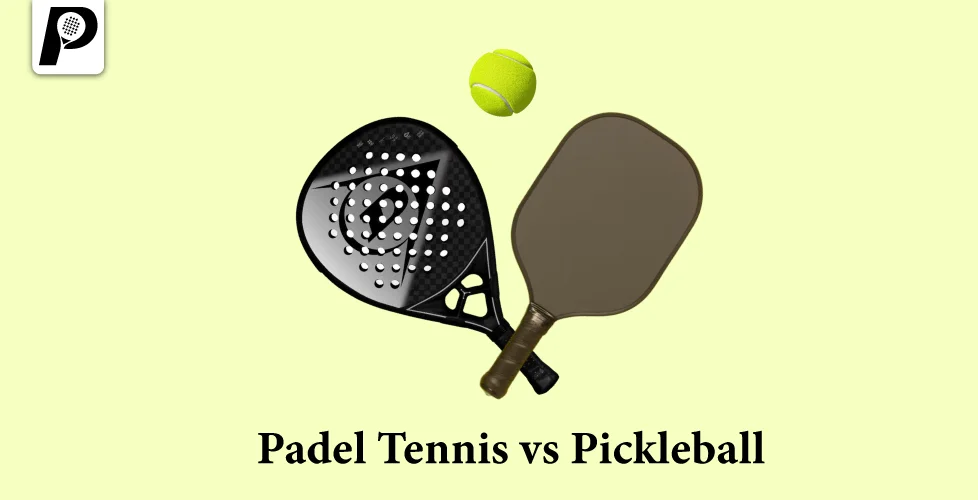
| Feature | Padel Tennis | Pickleball |
|---|---|---|
| Court Size | 20m x 10m | 13.4m x 6.1m |
| Ball Type | Pressurized tennis ball | Plastic perforated ball |
| Serve Style | Underhand with one bounce | Underhand without bounce |
| Use of Walls | Integral part of play | Not used |
| Net Height | 88 cm in the center | 36 inches at sidelines, 34 at center |
| Scoring System | Similar to tennis | Points only scored by serving side |
| Common Shot Types | Volleys, smashes, lobs | Dinks, volleys, drives |
Bullet Points for Quick Reference
Quickly compare Padel Tennis vs Pickleball with these concise bullet points highlighting key differences in equipment, rules, and play styles.
Padel Tennis
- Enclosed court with walls
- Solid, perforated racquet
- Pressurized ball
- Underhand serve with one bounce
- Scoring similar to tennis
Pickleball
- Open court without walls
- Solid, flat paddle
- Plastic perforated ball
- Underhand serve without bounce
- Points only scored by serving side
Related blog The Fusion Of Tennis And Squash: A Game-Changer Taking The World By Storm
Conclusion
Padel Tennis vs Pickleball each offer unique experiences for players. Whether you prefer the strategic play involving walls in padel tennis or the fast-paced, reflex-driven game of pickleball, both sports provide excellent opportunities for exercise, fun, and social interaction. By understanding the differences in equipment, rules, and play styles, you can choose the sport that best suits your interests and abilities.

